Banyan Tree
- November 29, 2023
- 0 comment
The banyan, a majestic and iconic tree, holds a unique place in the botanical world. Belonging to the fig family, it is characterized by its expansive canopy and distinctive aerial roots that descend from its branches to the ground, taking root and creating additional trunks.
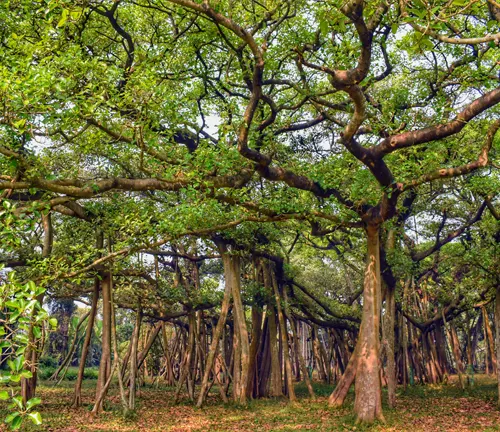
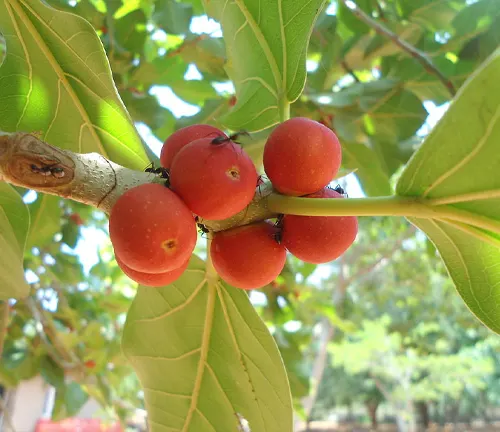
Native to tropical and subtropical regions, the banyan’s imposing presence and ability to create vast, shaded areas have earned it a symbolic significance in various cultures. The name “banyan” is often associated with the Indian banyan (Ficus benghalensis), which holds cultural and religious importance in Hinduism.
Revered for its longevity and resilience, the banyan tree is often seen as a symbol of strength, endurance, and interconnectedness. Its impressive and sprawling form invites contemplation, making the banyan more than just a tree; it is a living testament to the wonders of nature and the intricate connections that sustain life.
| Characteristic | Description |
|---|---|
| Scientific Name | Ficus benghalensis (Indian banyan) and various other species in the Ficus genus |
| Habitat | Tropical and subtropical regions |
| Features | Expansive canopy, aerial roots, and ability to develop additional trunks through root growth |
| Cultural Significance | Symbolic importance in Hinduism and other cultures, representing strength and interconnectedness |
| Geographical Distribution | Found in Asia, Africa, and other warm regions around the world |
| Resilience | Known for its longevity and ability to withstand various environmental conditions |
| Symbolism | Represents endurance, vitality, and the intricate web of life |
| Common Uses | Providing shade, religious and cultural ceremonies, landscaping |
| Notable Species | Indian banyan (Ficus benghalensis), Banyan fig (Ficus microcarpa), and others |
| Conservation Status | Generally not at risk, but individual species may face threats in specific regions |
Botanical Beauty of “Banyan”
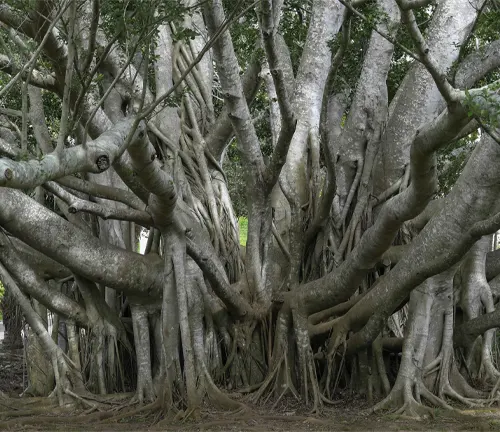
The banyan tree, with its botanical grandeur, stands as a captivating marvel in the world of flora. Belonging to the Ficus genus, the banyan, exemplified by the Indian banyan (Ficus benghalensis) and various other species, showcases a unique blend of grace and resilience. Its expansive canopy, characterized by lush foliage, creates a breathtaking silhouette against the sky. The intricate network of aerial roots that cascade from its branches to the ground adds a touch of architectural splendor to this botanical beauty.
Woodland Elegance
In the heart of woodlands and tropical landscapes, the banyan tree reigns with unparalleled elegance. Its sprawling branches and the vast shaded areas they create offer a tranquil refuge for both wildlife and weary travelers. Walking through a banyan grove is an immersive experience, where the intertwining branches create a natural cathedral, inviting contemplation and appreciation for the sheer magnificence of the plant kingdom.
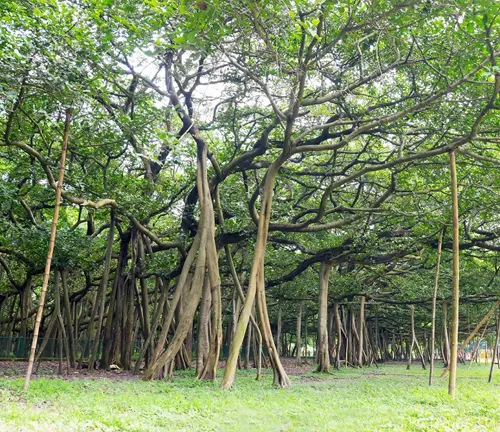
Ecological Importance
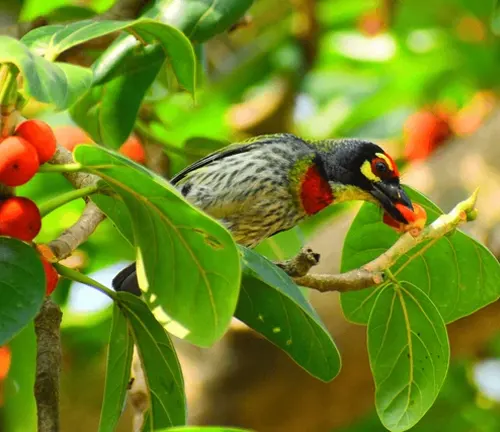
Beyond its aesthetic appeal, the banyan plays a crucial role in maintaining ecological balance. Acting as a hub for biodiversity, the tree provides a habitat for a diverse range of flora and fauna. Birds, insects, and small mammals find shelter in its branches, contributing to the intricate web of life in the ecosystem. Moreover, the banyan’s aerial roots and expansive canopy contribute to local climate regulation, making it a keystone species in many tropical regions.
Cultivation and Conservation
Cultivating the banyan is an art that requires patience and understanding of its unique growth patterns. While these trees are hardy and adaptable, careful consideration must be given to their environmental needs. Conservation efforts are vital to protect these botanical wonders, especially as they face threats in certain regions. Preserving their natural habitats and promoting sustainable cultivation practices are essential steps to ensure the continued existence of these majestic trees.
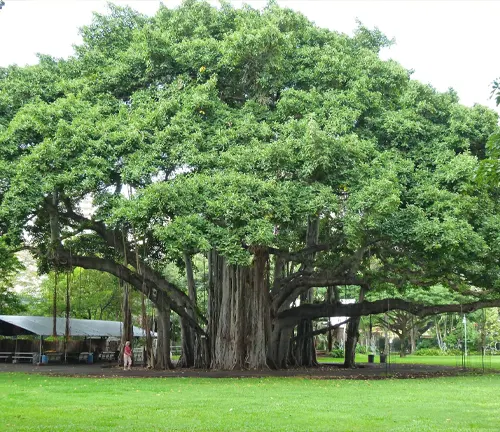
Fragrance
In addition to its visual allure, the banyan tree often boasts a subtle yet enchanting fragrance. The sweet aroma that wafts through the air, particularly during the flowering season, adds another sensory dimension to the experience of being near these magnificent trees. It’s a fragrance that lingers in memory, forever associated with the tranquility of banyan-shaded landscapes.
Soil Stabilization

One of the unsung heroes of the banyan tree is its role in soil stabilization. The intricate network of roots not only anchors the tree firmly in the ground but also helps prevent soil erosion. In regions prone to landslides and soil degradation, the banyan’s extensive root system acts as a natural stabilizer, contributing to the overall health of the ecosystem.
Common Uses
Beyond its ecological and cultural significance, the banyan tree serves practical purposes in various societies. Its wood, though not commonly harvested, is occasionally used for crafting tools and small objects. In landscaping, the banyan’s regal presence makes it a favored choice, adding a touch of natural splendor to parks, gardens, and urban spaces.

Benefits
The benefits of the banyan tree extend far beyond its immediate surroundings. From providing shade and shelter to supporting biodiversity and contributing to soil health, the tree’s positive impact resonates across ecosystems. Moreover, the cultural and spiritual significance attached to the banyan enhances its value, fostering a sense of connection between humanity and the natural world.
Different Species
Indian Banyan
(Ficus benghalensis)
This species is perhaps the most well-known and culturally significant. Native to the Indian subcontinent, it has an expansive canopy and is characterized by its aerial roots that grow into additional trunks.
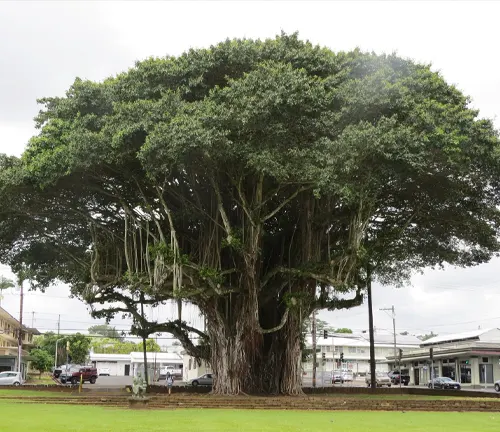
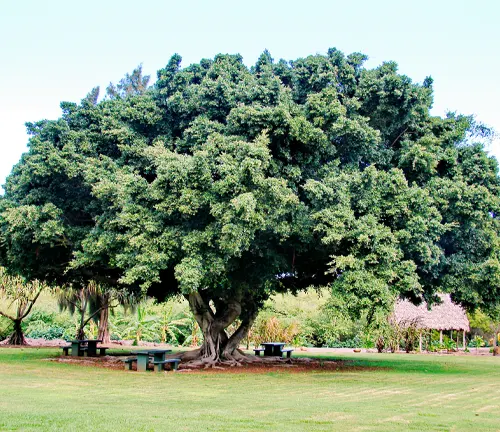
Banyan Fig
(Ficus microcarpa)
Also known as the Chinese banyan, it is native to Southeast Asia and is commonly used in landscaping. It has a similar growth pattern with aerial roots, creating a picturesque and shaded environment.
Strangler Fig
(Ficus aurea)
Found in the Americas, particularly in Florida and the Caribbean, the strangler fig starts its life as an epiphyte on other trees and eventually surrounds and “strangles” the host tree as it grows.
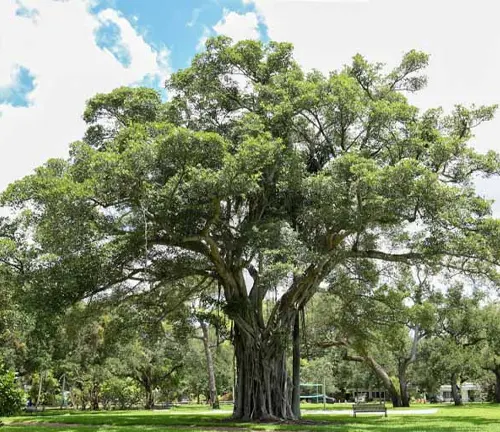

Bengal Fig
(Ficus benghalensis var. krishnae)
This is a variety of the Indian banyan with distinctive heart-shaped leaves and is often associated with religious and mythological significance.
Weeping Fig
(Ficus benjamina)
While not typically referred to as a banyan, the weeping fig is a species in the Ficus genus and is popular as an indoor ornamental plant. It has drooping branches and glossy leaves.
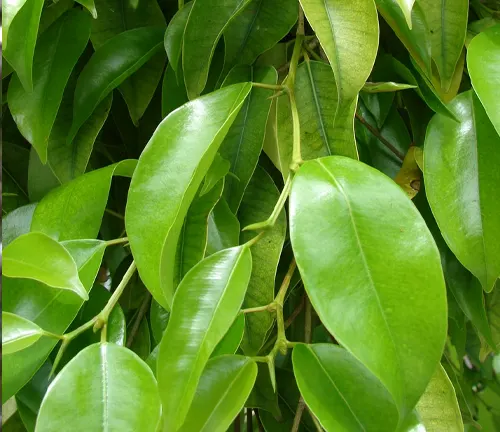
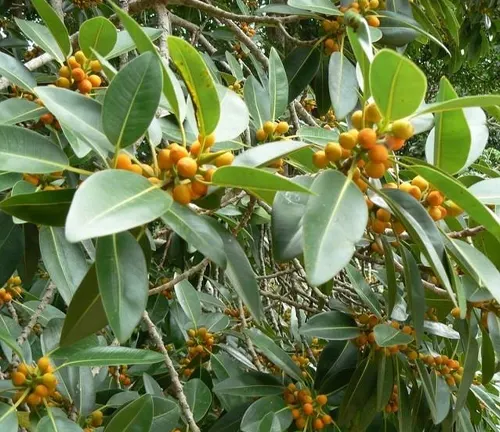
Port Jackson Fig
(Ficus rubiginosa)
Native to Australia, this fig species is often found in subtropical rainforests. It is known for its buttress roots and is sometimes referred to as the rusty fig.
Sacred Fig
(Ficus religiosa)
Also known as the peepal tree, it holds religious significance in Hinduism, Buddhism, and Jainism. It is believed to be the tree under which Siddhartha Gautama, the Buddha, attained enlightenment.
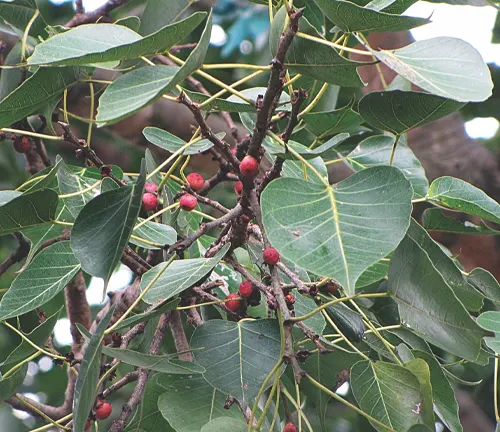
Frequently Asked Questions (FAQs)
- What is a banyan tree?
A banyan tree is a large and iconic species belonging to the Ficus genus. Known for its expansive canopy and aerial roots, it holds cultural, ecological, and aesthetic significance. - Where are banyan trees found?
Banyan trees are native to tropical and subtropical regions, with notable species in Asia, Africa, Australia, and the Americas. - What is the cultural significance of the banyan tree?
In various cultures, especially in Hinduism, the banyan tree is considered sacred and symbolizes strength, longevity, and interconnectedness. - How do banyan trees reproduce?
Banyan trees reproduce through seeds, which are dispersed by birds and animals. They also have a unique ability to produce aerial roots that grow into additional trunks, contributing to their distinctive appearance. - Are all banyan trees the same species?
No, there are several species of banyan trees. The Indian banyan (Ficus benghalensis) is one of the most well-known, but there are other species such as the Banyan Fig (Ficus microcarpa) and Strangler Fig (Ficus aurea). - How do you care for a banyan tree?
Banyan trees generally thrive in well-drained soil and tropical climates. Adequate sunlight and occasional pruning to maintain shape are beneficial. However, specific care requirements may vary depending on the species and local conditions. - Can banyan trees be grown indoors?
Some smaller species of fig trees, including certain banyans, can be grown indoors as ornamental plants. However, they require proper sunlight and care. - What is the lifespan of a banyan tree?
Banyan trees are known for their longevity. Some individuals can live for several hundred years, depending on environmental conditions and care. - Do banyan trees have any ecological importance?
Yes, banyan trees play a vital role in ecosystems by providing habitat for various species, contributing to soil stabilization, and regulating local climates. - Are banyan trees endangered?
While individual species or populations may face threats in certain regions, banyan trees, in general, are not considered endangered. However, conservation efforts are crucial to protect their habitats.



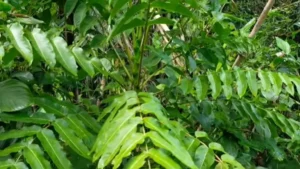

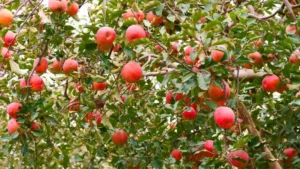
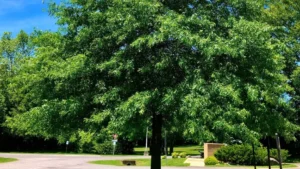
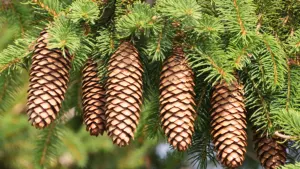
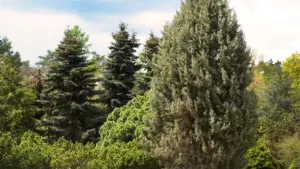
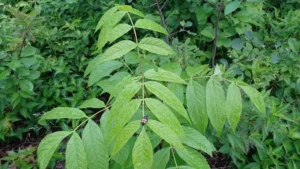


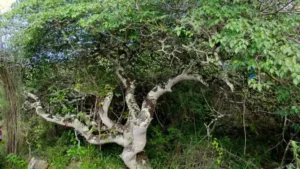
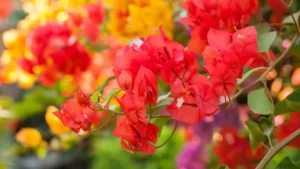
Leave your comment